Best Practices For Breastfeeding & Pumping - How To's, FAQ's, and More
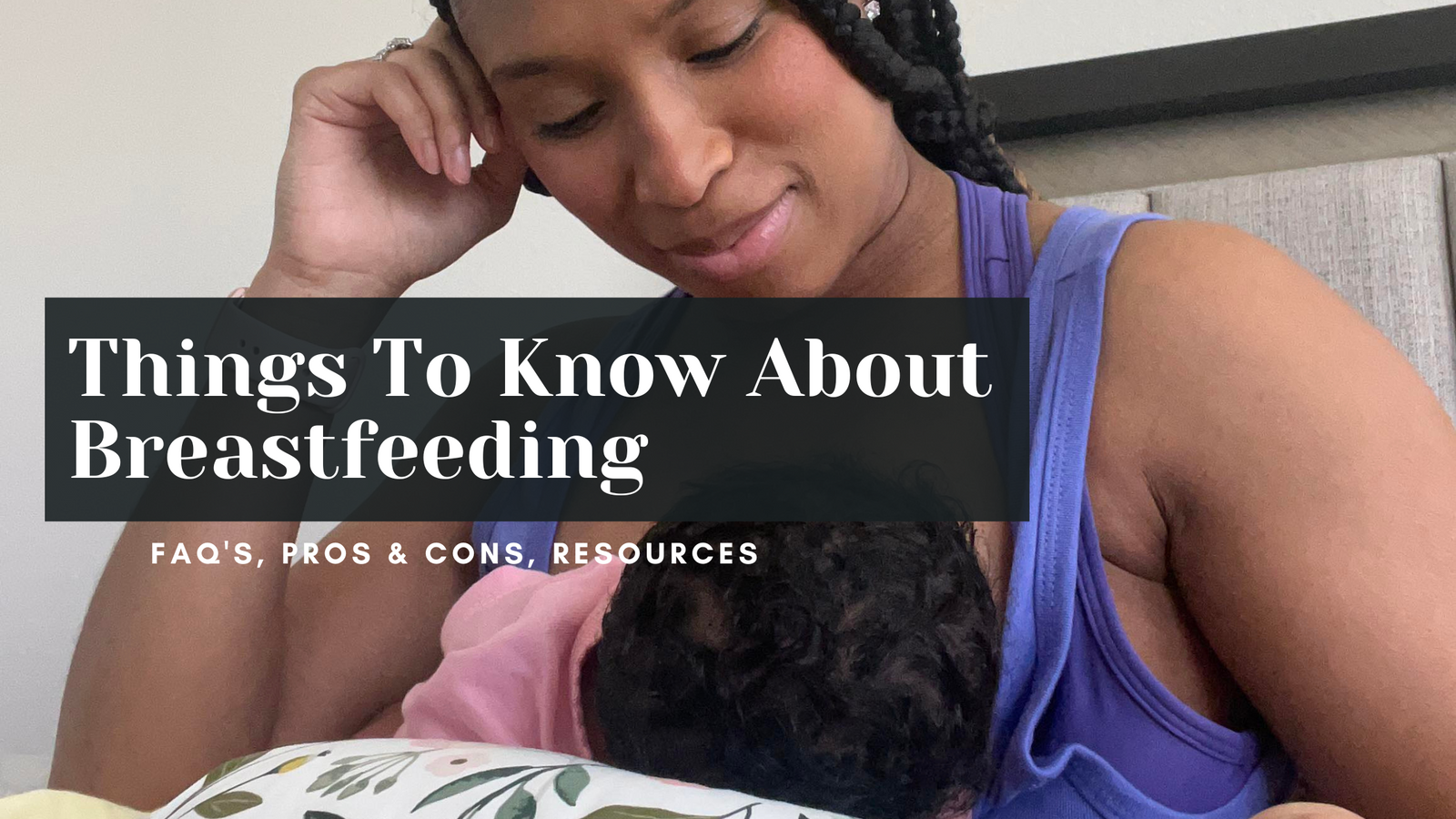
Congratulations on your new bundle of joy! I know how excited you must be to embark on this new motherhood journey.
One of the most common misconceptions is that breastfeeding and pumping comes naturally because it is a natural thing. This logic couldn't be further from the truth, but that's okay because we're here to help you.

In this Article:
- How to get started with Breastfeeding
- Baby Hunger Cues & What to Do
- Breastfeeding Basics (How long does milk last, storage recommendations, etc.)
- FAQS about Pumping
- Recommendations on best items to have to help with your journey
What Do I Need To Know About Breastfeeding?
Breastfeeding may be a natural way to feed, but there's still so much to learn.
When I got started on my breastfeeding journey, I wasn't sure if I wanted to breastfeed exclusively, putting baby to breast, if I wanted to pump and make bottles on the side, or exclusively pump.
I decided that in order to really enjoy the journey, breastfeeding and pumping wouldn't be a linear routine that I'm used to constructing for myself and this would often times change based on baby's desires, time constraints and other life happenings.
The biggest consideration aside baby's emotional and nutritional needs were those of my own.
Are you going to want help feeding baby? If so, pumping breast milk to store could be an amazing option in addition to latching baby to breast. For me, I wanted my older twins and husband to be able to have that bonding time with baby as well, so it just made sense to at least include pumping in my daily regimen.
Benefits of Breastfeeding
Breastfeeding has many benefits for baby including helping their digestive track, getting the proper nutrients that's found in breastmilk, and getting natural antibodies that help protect against infections, including diarrhea and ear and lung infections.
According to the Children's Health Network, breastfed babies are less likely to develop medical problems such as diabetes, high cholesterol, asthma, and allergies.
No matter if you choose breast or bottle feeding, it's important to consider your comfort level, schedule, and baby's emotional needs.
There may be some cases where baby doesn't want to latch to moms breast because of many reasons like tongue tie, feeding position (which we'll touch on another day), no interest, and other reasons.
If you're struggling with latching baby, connecting with a lactation specialist in your area could be a huge help to overcoming that hurdle. They are experts in identifying why baby may not want to latch, helping you find alternative positions comfortable for you and baby, and teaching you different methods for successful baby-to-breast bonding.
If it's truly a desire of yours to breastfeed and you're wanting to learn more about it, do it!
Breastfeeding is not just great for baby, it's good for mom too.
Benefits For Mom
Learning the benefits of breastfeeding and how it could directly impact me, helped me make a decision on incorporating more breast feedings for baby.
Some of those benefits include helping with the child birth recovery process. Each little suckle helps the uterus contract back into place resulting in speedy healing.
Other benefits include: convenience of not running out of milk at home, helps with burning calories, faster preparation to feed baby, and increased bonding time with baby during skin-to-skin and breast feeding sessions.
Now even with all the amazing benefits, breastfeeding doesn't come without some "cons" too.
Hard Things To Accept About Breastfeeding
There are some challenges that you may face with breastfeeding.
It is a HUGE commitment and takes a lot of time to achieve. Breastfed babies are fed 8-12 times per day within a 24 hours period. This means essentially having another job beyond your other daily tasks.
Many moms choose to breastfeed over formula feed to cut back on costs of formula, eliminate the guess work out of selecting a formula match for baby, and reducing the risk of milk allergies or stomach issues.
At any rate, breastfeeding moms usually have to invest in more supplies like breast pads, breast pumps to keep from getting engorged, storage bags, special bras and nursing equipment, and often times these costs outweigh the cost of formula.
Even though the pros and cons of breastfeeding can sometimes seem like the better choice over formula feeding, FED is best and that's all we'll say about that.
Breast or Bottle Feeding On Demand
Whether you decide to breast of bottle feed, knowing if your baby is getting enough milk is essential to their health.
Some ways to know if your baby is eating enough is:
- Your baby is actively making wet diapers.
- Your baby is satisfied and content after feedings.
- Your breasts may feel softer after feedings.
- Your baby breastfeeds at least 8 to 12 times every 24 hours, including at night.
- Your baby is gaining weight.
There will be times where you feel as though your baby isn't getting enough milk because latching doesn't really give you an accurate outlook on how much baby is intaking.
It's important to know that breastfeeding is bonding and essentially a trust exercise between you and baby. Looking for these cues will help you understand baby and what you should do to overcome those cues.

How To Know If Baby Is Hungry? (Cues & What to Do's)
As a newborn, your baby has a very small stomach but should be getting at least 2-3oz or 20-30mL's every 2-4 hours.
It is recommended that moms begin nursing for 10-15 minutes on each breast then increase as needed.
When your baby is breastfed, this intake may increase due to baby wanting to cluster feed or feed on demand. Some cues to look for to know if baby is (still) hungry are:
- baby crying
- putting hands to mouth and making sucking noises
- moving head side to side biting at fingers
- sucking pacifier really hard and making cry or swallowing noises
- baby seeming agitated and grabbing at chest
- puckering their lips as if they're looking to suck
- baby nuzzling against mom looking for breast
All of these signs will help you determine if your baby wants more to eat, either by breast or bottle. Remember that feeding is a trust exercise between you and baby and if you look for the cues, you'll know exactly how to respond.
Additionally, signs that baby is done feeding and is feeling full are:
- baby is slowing down on drinking
- spitting out milk
- unlatching from the breast
- pushing the bottle away from their mouth
- closing their mouth
- turning head away from the breast or bottle
Once baby makes a cue that he/she is done, just wait for the moment and then burp to remove gas build up and reduce gas pains.
As baby grows, these feedings will become longer, and less frequent as they'll be able to eat more in a session to last them longer throughout the day.
How Long Does Breastmilk last? (Important times to remember)
Freshly expressed breastmilk can last up to 4 hours at room temperatures. It is important to note that at 3 hours and 59 minutes, you can move the pumped milk to the fridge to store for later.
Breastmilk stored in the fridge can be stored and is good to consume for up to 4 days.
I recommend using a dry erase marker to notate the day you expressed fresh milk to give yourself a reminder on when it is due to expire.
Breastmilk stored at refrigerated temperatures is only good for 2 hours once warmed.
Great news is, once your milk is stored in the fridge, if you decide you need more than 4 days to consume, you can always dump the milk into a proper storage bag, compress the air bubbles out and store flat in the freezer for up to 6 months.
If you have a deep freezer, you can store your breastmilk for even longer, up to 12 months.
Things to avoid:
- You should NOT store any breastmilk that has touched the lips of baby.
- If baby has begun consuming the breastmilk, that milk is now a contamination risk for other milk, especially if baby isn't feeling well.
- You should NOT warm any milk in the microwave.
- If you warm stored breastmilk, it MUST be tossed (or used for milk bath only).
- Warmed milk from the fridge should NOT be frozen.
- Do NOT attempt to reheat any warmed breastmilk. (No warming, fridge storing then warming again.)
How Often Should You Be Pumping?
Every body is different and every milk supply isn't the same. That said, you can expect to pump at least 4-5 times a day until your milk supply has regulated to baby's demand or dipped in supply.
Pumping is essential for many reasons:
- Maintaining milk supply
- Storing extra bottles for later or emergencies
- Reducing engorged feeling from breasts
- Reducing the risk of developing mastitis, a breast infection for breastfeeding moms
- Increasing milk supply
- Removing or reducing the risk of clogged milk duct
Which pump is best to use?
There are a vast amount of pumps to choose from on the market including electric pumps, pumps that plug into the wall, pumps that are wearable and handsfree, and manual pumps.

We strongly recommend Muscle Up Mommy J35 Wearable Breast Pump as it is:
- Hands-Free
- Cordless and doesn't have any clunky parts
- Fits seamlessly inside your nursing bra for discreet pumping anywhere, anytime.
- Completely flexible and doesn't restrict movement.
Additionally, you can continue your regular lifestyle and not lose your milk supply because you can pump on-the-go:
Which Items Are Best For Breastfeeding Journey?
Postpartum recovery and breastfeeding go hand-in-hand. For your journey, I recommend the complete recovery package in 3 steps:

Step 1: MUSCLE UP MOMMY® MATERNITY SUPPORT BELT
I know this may seem a little weird but, the belly binder you receive in the hospital has no ribbing, no structure and overall is a 4/10 with supporting a belly with a shrinking uterus. It is more ideal to wear a support belt that can CARRY and “CORRECT” after childbirth. Muscle Up Mommy® Maternity Support Belt forms to your body and works wonders, especially after C-section. Highly recommend!

Step 2: MUSCLE UP MOMMY® POSTPARTUM COMPRESSION BELT
Postpartum is the most critical time for recovery. Once your uterus shrinks down to comfortably add more support to your core, I recommend Muscle Up Mommy® Postpartum Compression Belt. It helps to support your back and core muscles after childbirth and really helps against the laughing, coughing, and sneezing pains you feel while recovering. Highly recommend!

Step 3: MUSCLE UP MOMMY® FUPAERASER
After your recovery period, the snapback journey begins. Muscle Up Mommy® FupaEraser helps to support workouts and aids in reducing the appearance of belly and back fat. It has been crowned the #1 waist shaper for moms and women. Highly recommend!

Must Have: MUSCLE UP MOMMY® MATERNITY NURSING BRA
The all-in-one Maternity Nursing Bra supports breastfeeding and pumping. Giving you the power to get through feeding on demand and power pumping during those restrictive feeding times. Quick release with the one-handed clip down function making baby happier, quicker.
Each of these items combined will help support your throughout your most delicate postpartum stage, belly binding to help support your abdominal muscles after child birth and then finally, when you begin waist training to help reduce any unwanted belly and back fat.
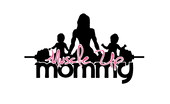

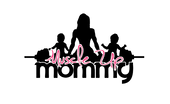


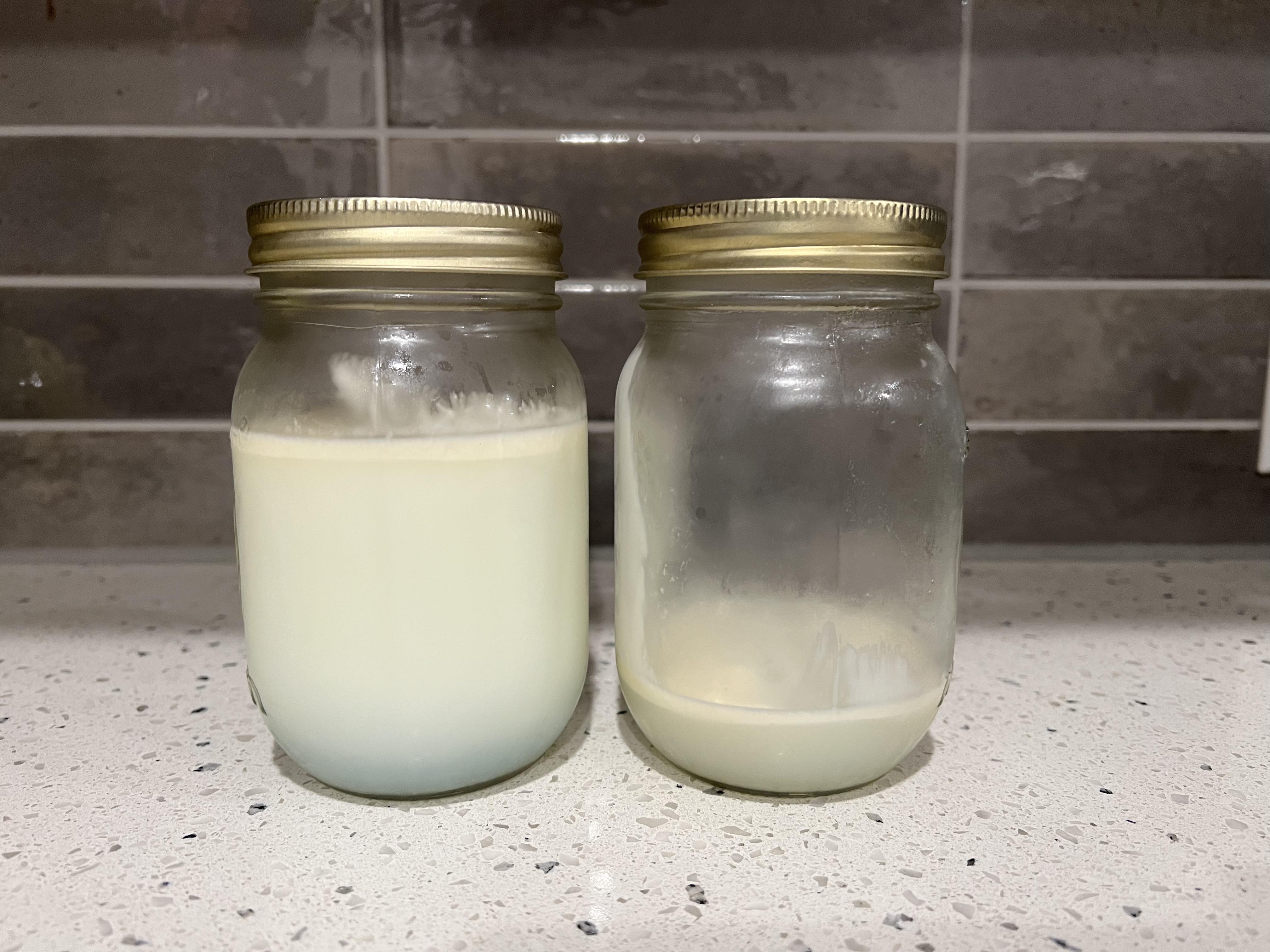
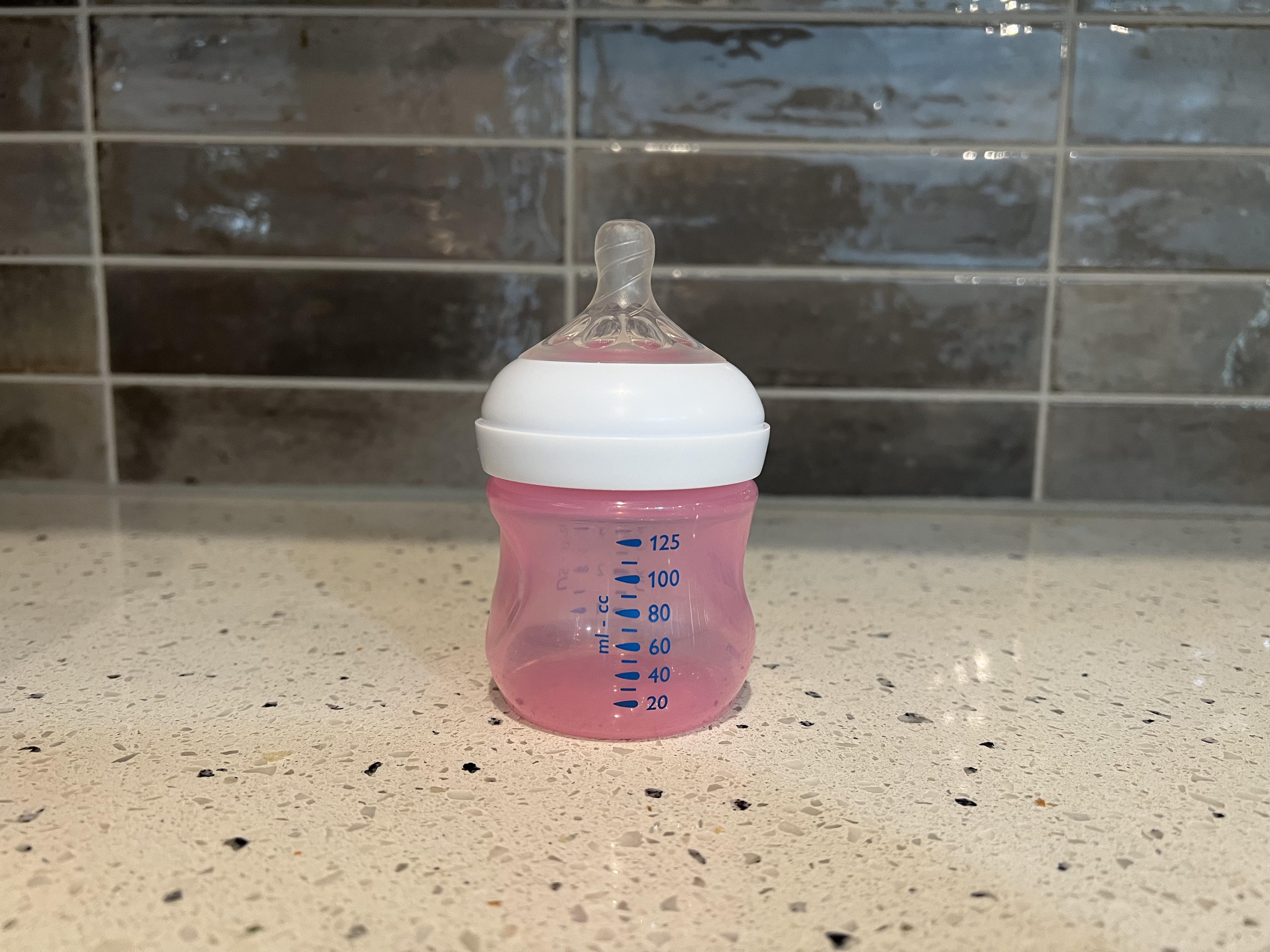
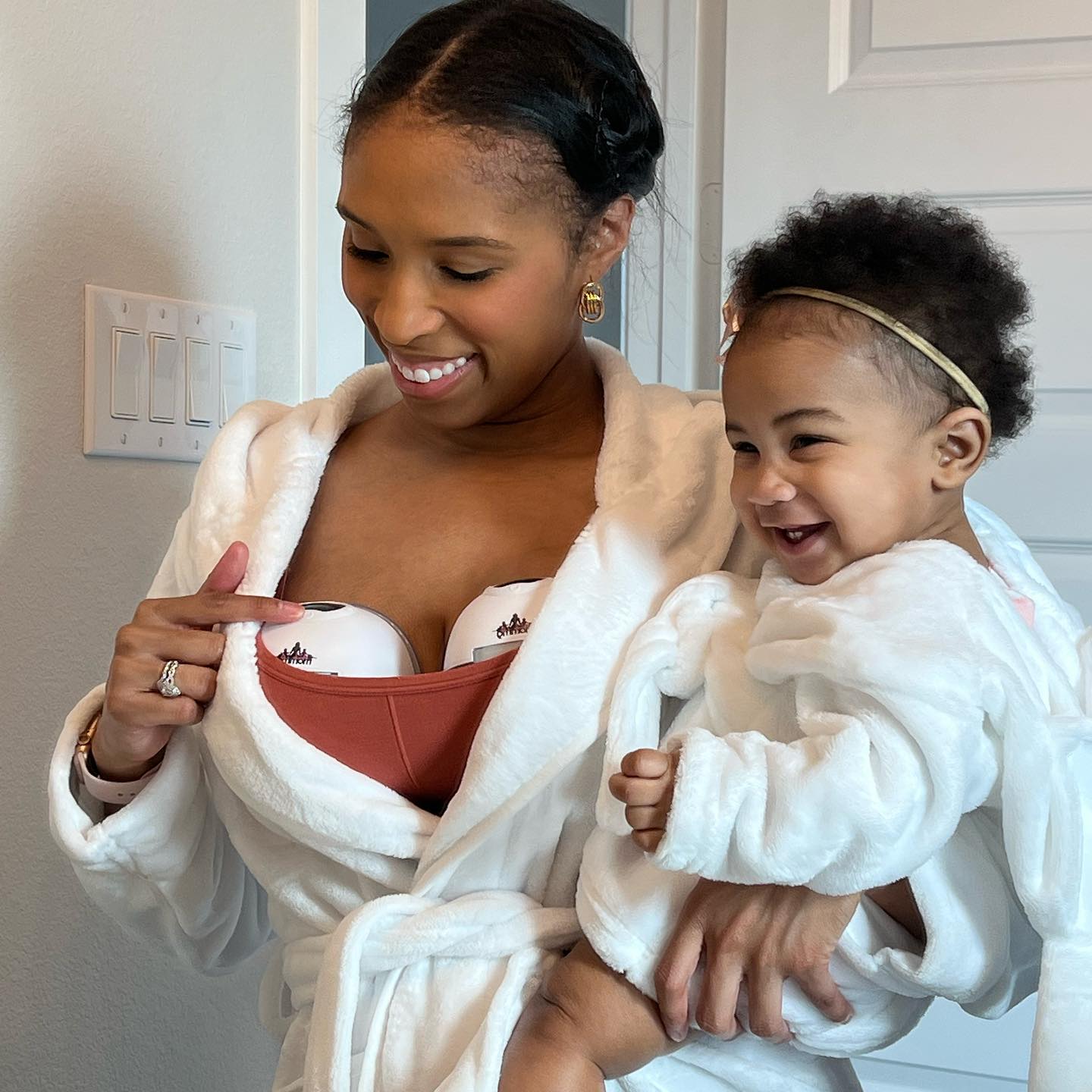
Leave a comment